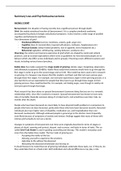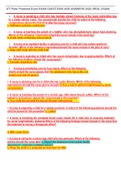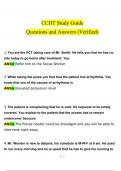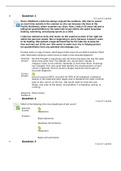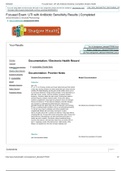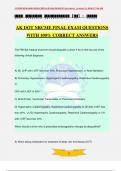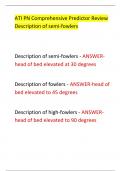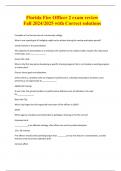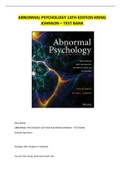Samenvatting
Summary Lectures and Workshops Loss and Psychotrauma UU
- Instelling
- Universiteit Utrecht (UU)
This document summarizes all of the articles and lectures from the UU course Loss and Psychotrauma. This document also summarizes the articles and content of four of the six workshops (Psychological Distress After Major Life Transitions, Sexual trauma, Narrative Exposure therapy & Treatment of Comp...
[Meer zien]
